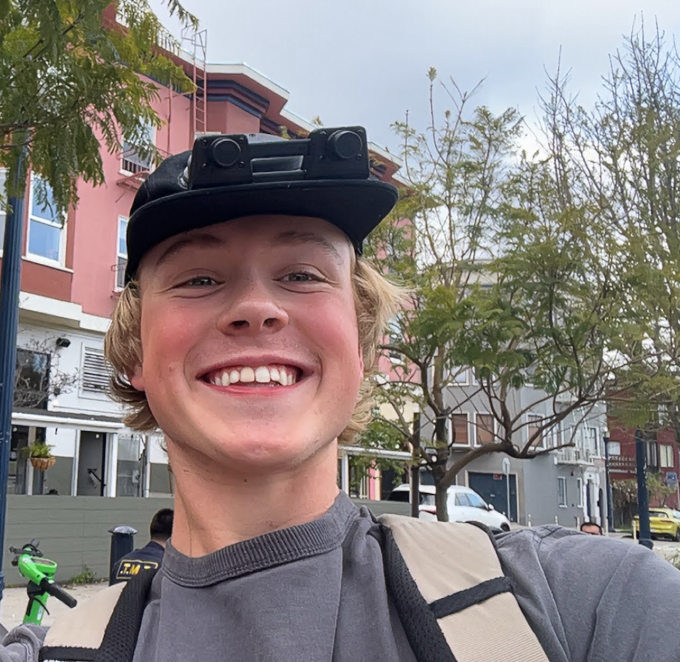Why to Intempus, robots want to show resembling physiological states
Ever since he was a kid, Teddy Warner, now 19, has been intrigued by the world of robotics. Coming from a lineage deeply-rooted in the industry, Teddy says it felt almost like second nature when he started working in a machinist shop during high school.He's now establishing his own company, Intempus, and blazing his own trail in the robots industry.
Step into the world of Intempus and you'll realize that the goal is to add a splash of humanity to the realm of robotics. By retrofitting current robots with emotional expressions mimicking those of humans, Intempus is creating an environment where humans can interact more effectively with machines and anticipate their actions better. This emotionally superior breed of robots will also generate valuable data to strengthen AI training models.
Warner spilled some beans about his project in an interview with TechCrunch, explaining how these upgraded robots will express themselves through kinetic movements.
"Much of what humans perceive subconsciously isn't from facial expressions or words, but really the nuances in the movement of one's hands or the sway of the body," Warner elaborated. “This is also true when we home in on non-human life forms like dogs, cats, or other animals.”

Image Credits:Teddy Warner
While serving his time at the AI research lab Midjourney, Teddy's brainchild, Intempus, was born. He found most AI labs, including Midjourney, were focused on creating world AI models. These are AI models that understand the dynamic properties of the real world and make decisions not just based on cause and effect, but also on spatial reasoning.
Teddy quickly understood the challenge these world AI models faced—they lacked the necessary data that contained spatial reasoning, as the robots that provided this data themselves lacked this understanding.
"Currently, robots work from point A (observation) to point C (action), ignoring the significant point B—a step we humans call the physiological state. Robots don't experience fun or stress. However, if we desire robots to comprehend the world in a manner akin to us and interact with us in a completely normal, less robotic way, we ought to bestow upon them this missing link, the B step,” explains Warner.
With his epiphany at the ready, Teddy plunged deep into research. He started off examining fMRI data used to track brain activity by analyzing changes in blood flow and oxygen levels, but it led to a dead end. A friend suggested trying a polygraph (lie detector) test, which records sweat data. To his surprise, results were promising.
"I was taken aback by the speed at which I could train a model to essentially empower robots with emotional complexities, using just the sweat data collected from myself and a few friends," revealed Warner.
From sweat data, Teddy ventured further into unknown territories, including body temperature, heart rate, and photoplethysmography, which monitors changes in blood volume within the skin's microvascular tissue.
When Warner launched Intempus in September 2024, he spent the first four months solely conducting research. The following months were spent on creating emotional capacities for robots and establishing potential customer connections. There are currently seven enterprise robotics partners working with Teddy.
Intempus has also made it to the current batch of Peter Thiel’s Thiel Fellowship program, a prestigious initiative that provides promising young entrepreneurs with $200,000 over two years to build their dream ventures.
With the groundwork laid, Teddy is now focusing on workforce expansion (he's been a one-man-army till date) and readying the already developed technology for human testing. Even though Intempus is primarily concerned with adapting already-existing robots at the moment, Teddy does not rule out the prospect of developing their own emotionally intelligent robots.
"Imagine engaging with various robots, each exhibiting unique emotions. It's my mission to make people interpret these emotions instinctively, to comprehend a robot's intentions seamlessly. If I can pull that off over the next four to six months, I would say I've done justice to my work,” says an eager Warner, his eyes on the future.